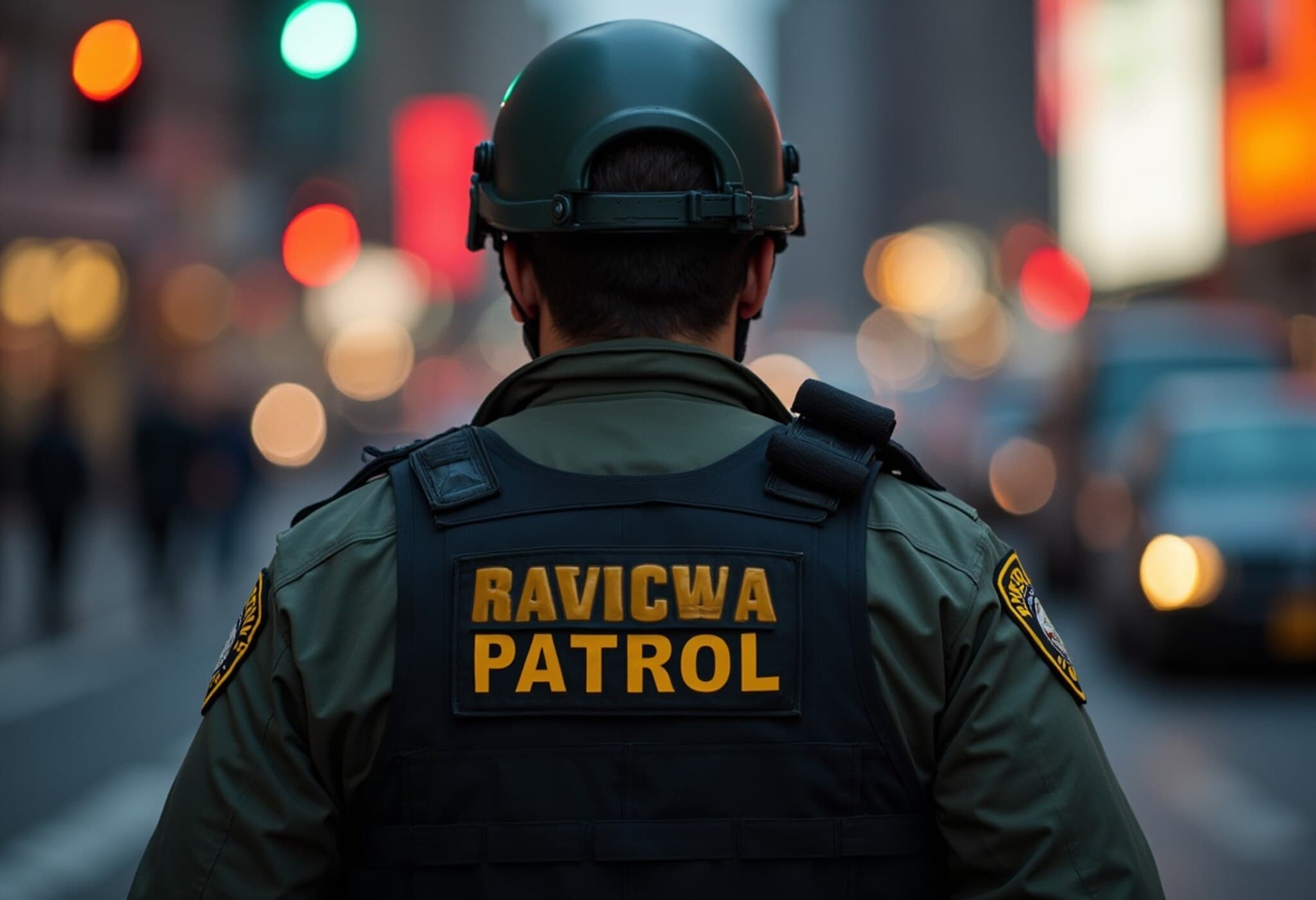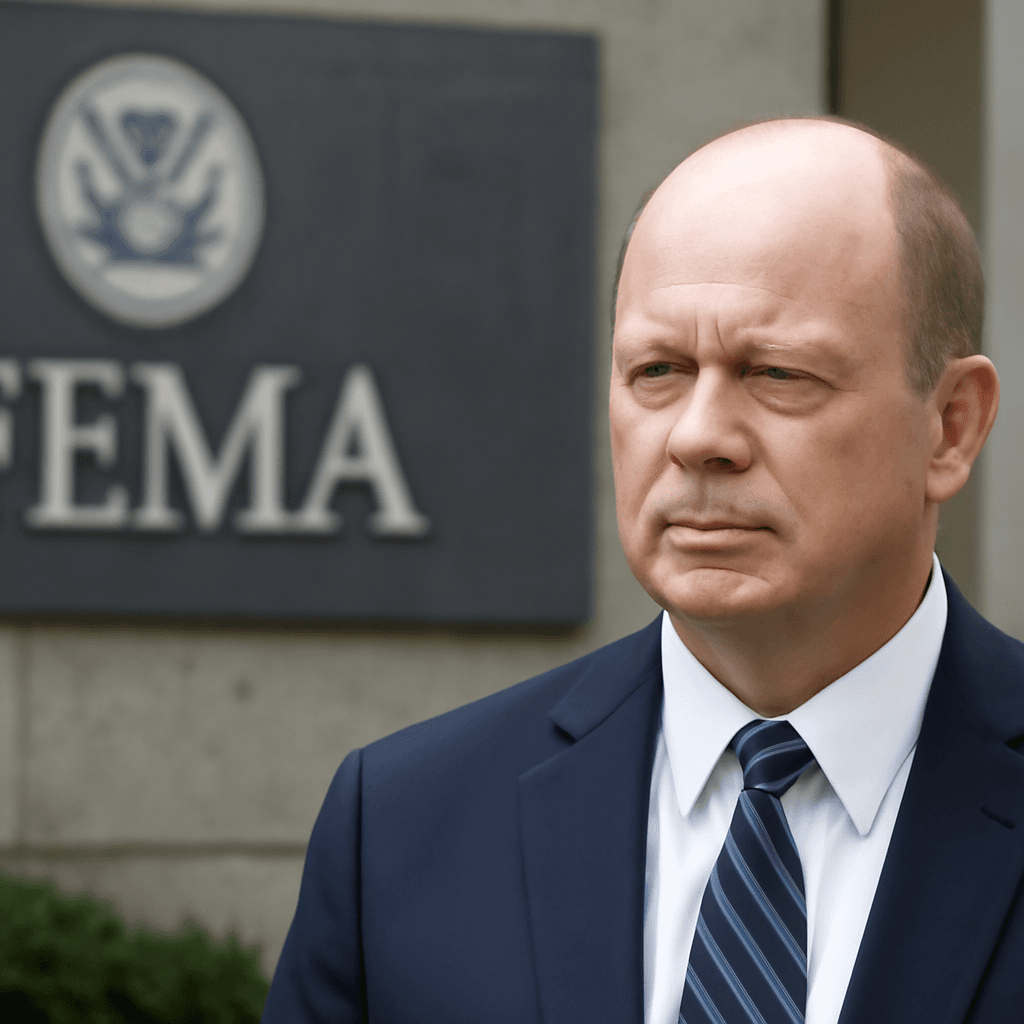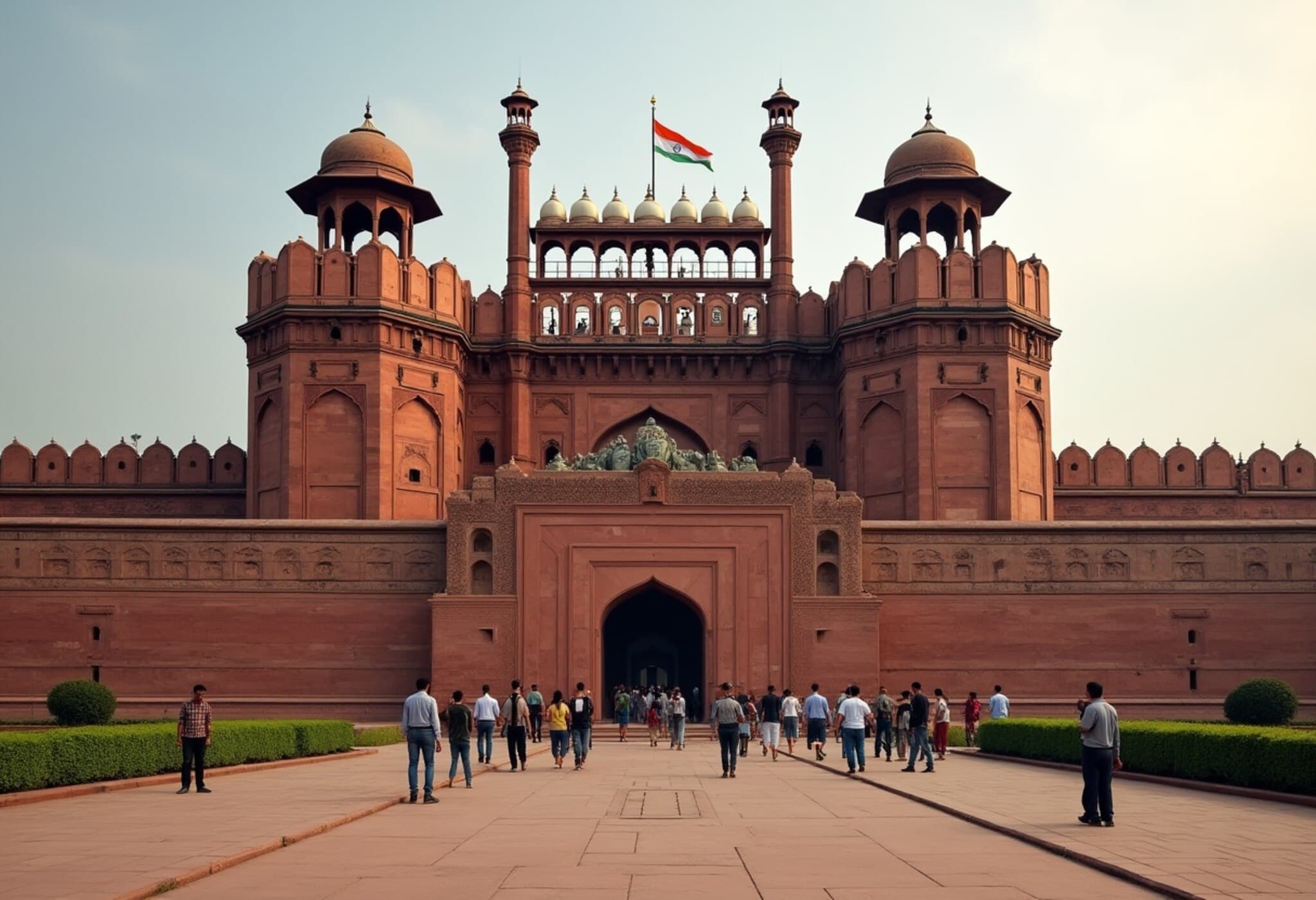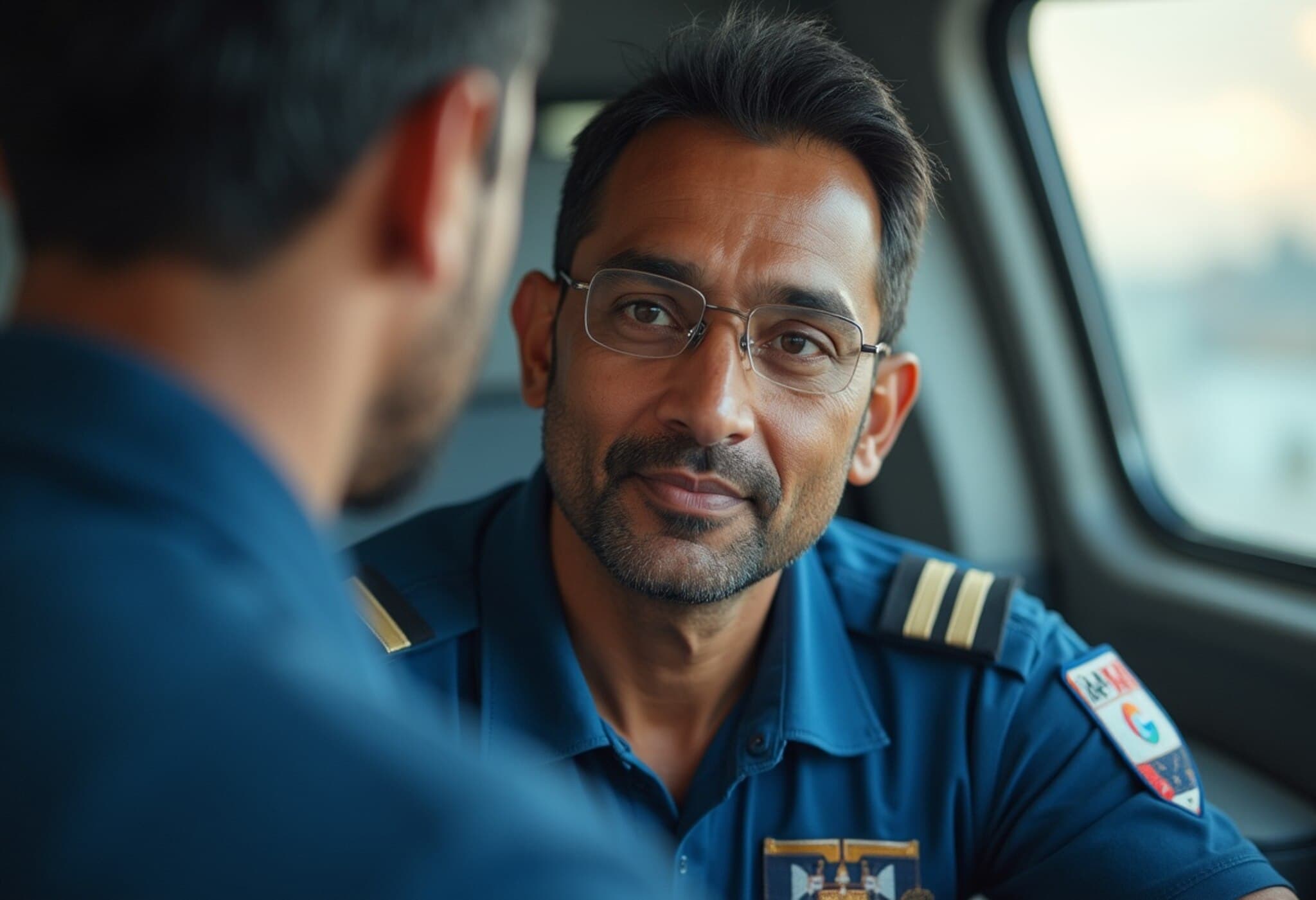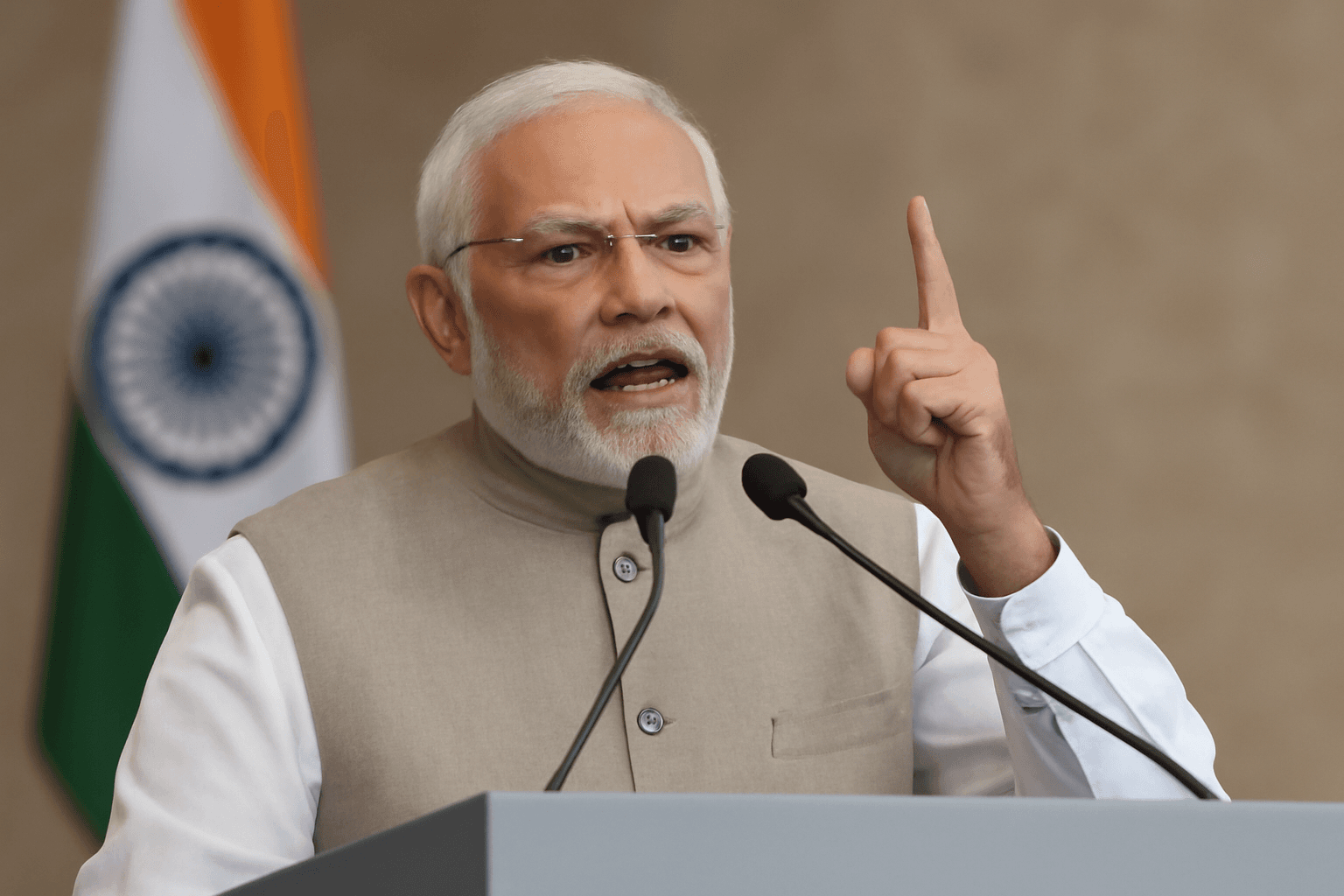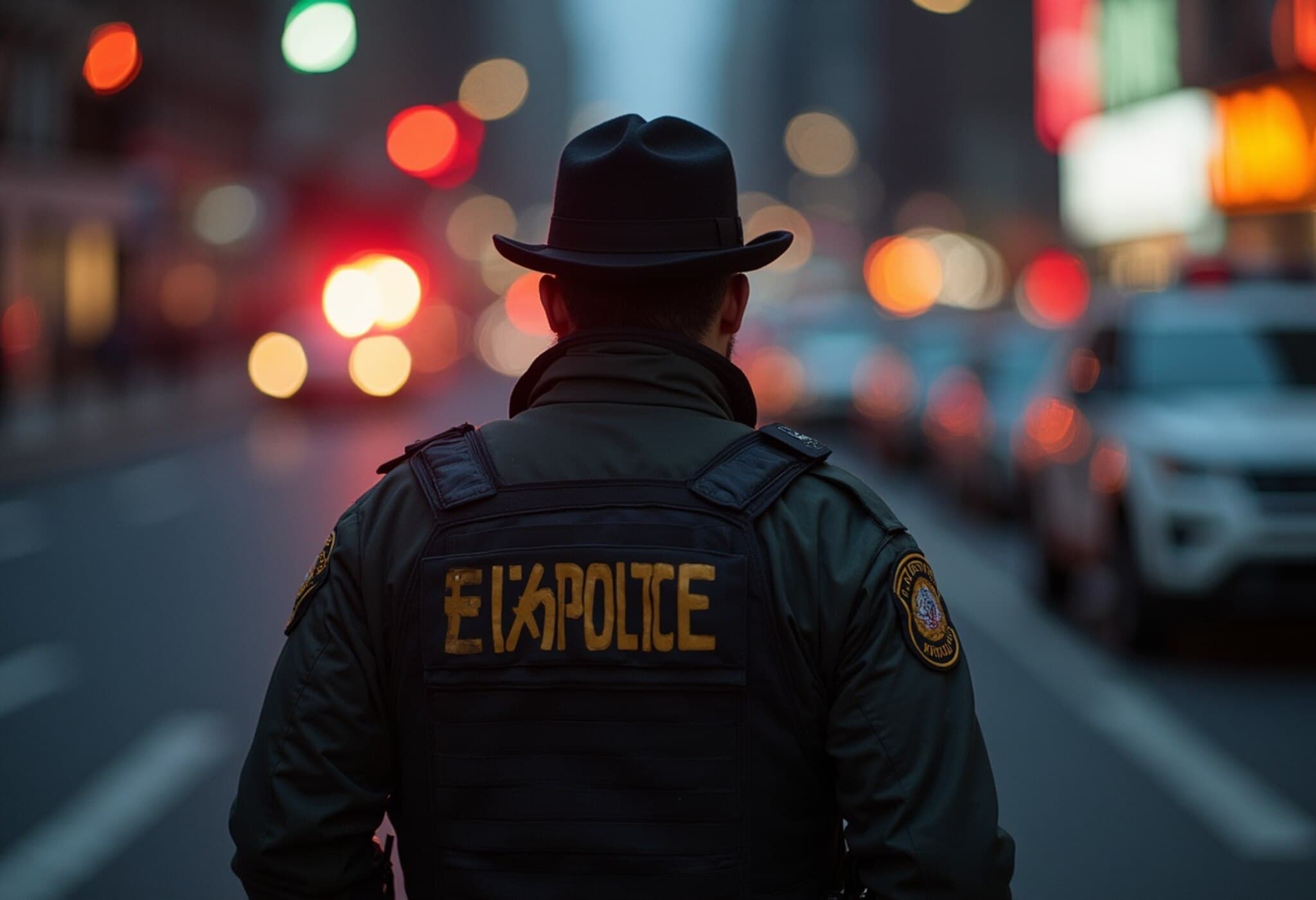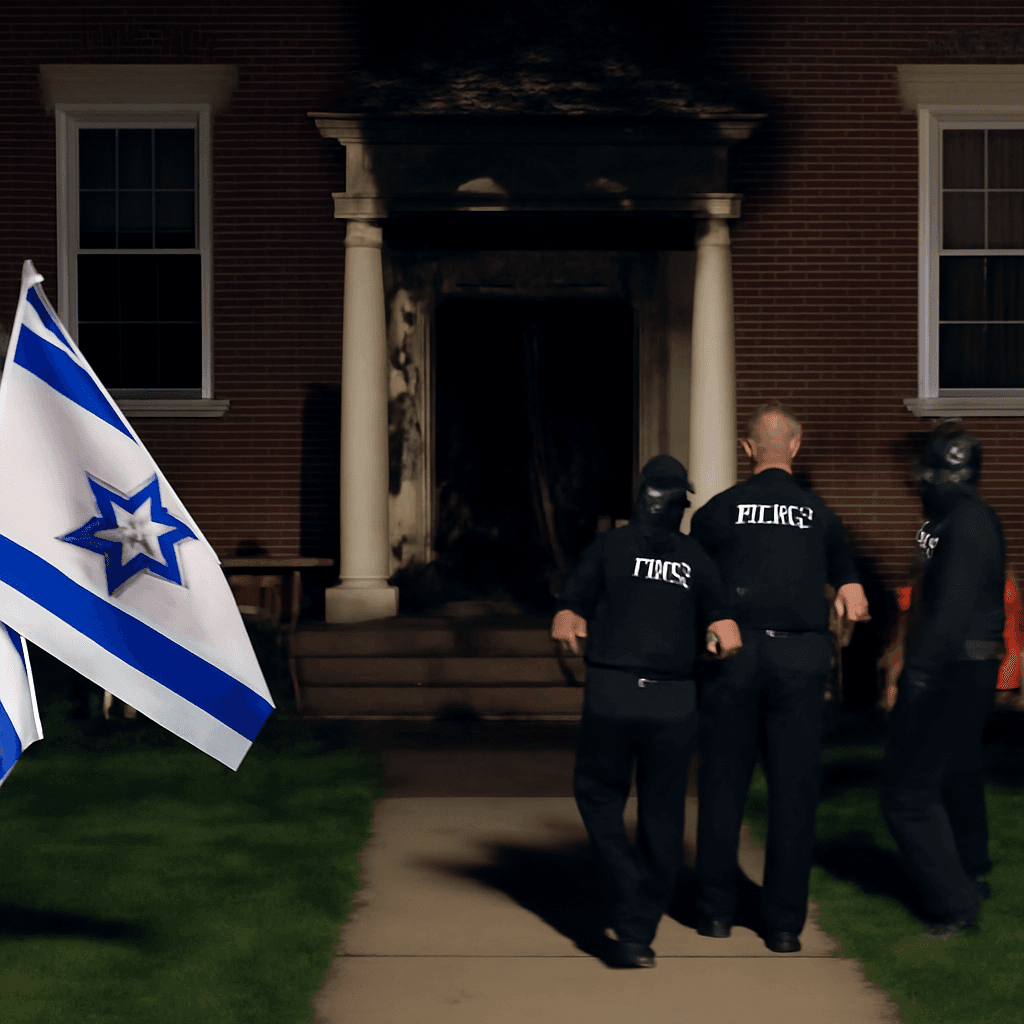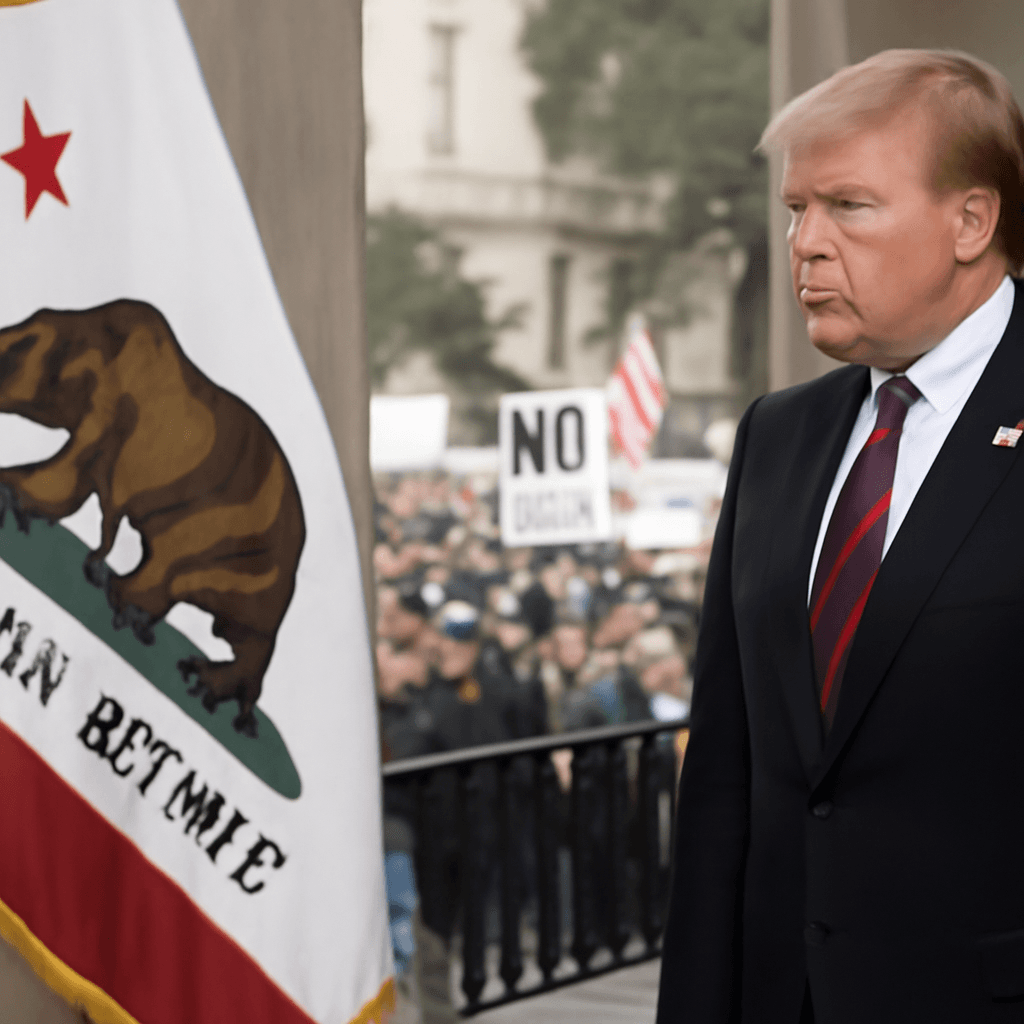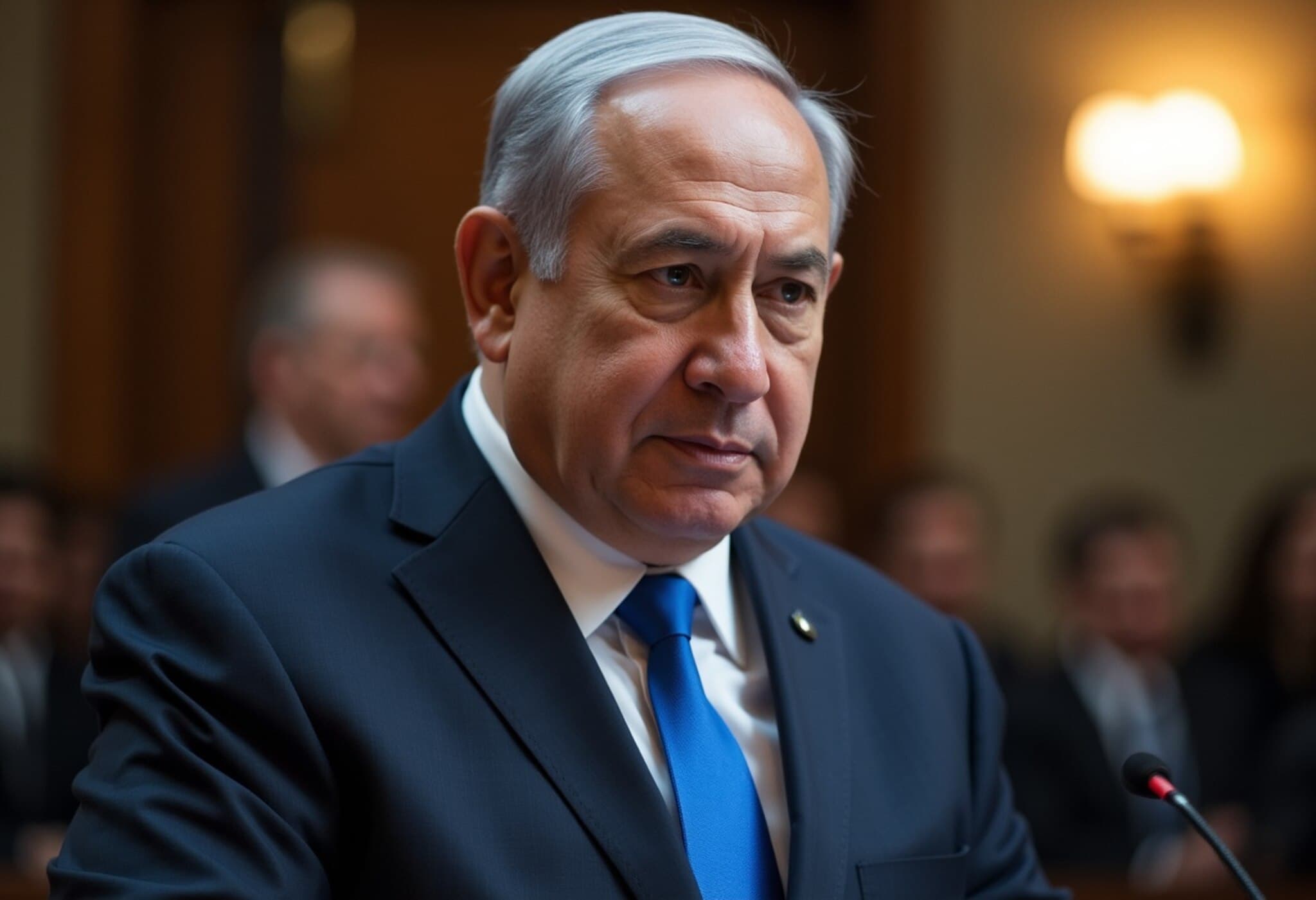Off-Duty Border Patrol Agent Shot in New York City Park
In a harrowing incident late Saturday night beneath the George Washington Bridge, an off-duty U.S. Border Patrol agent was shot in the face during a robbery in a New York City park. The attack unfolded around 11:51 p.m. as the 42-year-old federal agent sat with a female companion when two men on a moped approached and initiated a confrontation.
Suspect Apprehended: A Troubled Immigration History Uncovered
The suspect, identified as 21-year-old Miguel Francisco Mora Nunez, a Dominican national, was arrested at the scene after the agent returned fire, wounding him multiple times. Mora reportedly entered the United States illegally through the southern border and carries a long history of criminal arrests in New York City.
Despite a deportation order issued by an immigration judge in 2023, Mora was repeatedly released from custody—often due to overcrowded detention facilities—underlining systemic challenges within the U.S. immigration enforcement system. Authorities report that Mora was given notices to appear before a judge after his initial apprehension but remained at large following multiple arrests for serious offenses including assaulting a pregnant woman and threatening another individual with a machete.
Contextualizing the Incident Amid Immigration Policy Debates
This violent encounter rapidly escalated into a polarizing discussion on immigration enforcement policies. Former President Donald Trump highlighted the incident as indicative of perceived loopholes in the Biden administration’s border policies, characterizing Mora as an “Illegal Alien Monster” on social media platform Truth Social. He underscored that Mora had been apprehended in April 2023 but was released instead of deported.
New York City Mayor Eric Adams responded by emphasizing ongoing efforts between city and federal authorities to remove dangerous individuals from the streets, stating, "Whatever we need to do in our federal laws to ensure that dangerous people are not on our streets, federal authorities need to do that." Adams' comments reflect the complicated balance cities face between public safety and immigration enforcement amid legal and humanitarian constraints.
The Broader Implications: Immigration, Public Safety, and Legal Challenges
This case lays bare the ongoing friction between enforcement priorities, human rights considerations, and operational realities such as detention center overcrowding. It illustrates how procedural delays and resource shortages can have real consequences on community safety.
- Legal Complexity: Immigration law enforcement involves multiple agencies and jurisdictions, leading to gaps in coordination and enforcement.
- Community Safety: Incidents like this fuel debates over how to best protect citizens without undermining immigrant rights.
- Policy Impact: The case highlights the tension between political rhetoric and the practical limitations faced by law enforcement agencies.
The Border Patrol agent was rushed to Harlem Hospital, where he remains in stable condition and is expected to recover. Authorities continue their investigation to unravel the full circumstances behind the violent encounter.
Expert Insight: Balancing Enforcement and Humanitarian Concerns
Experts note that while ensuring public safety is paramount, solutions must also address immigration system deficiencies—such as overcrowded detention centers and prolonged case backlogs—to prevent repeat offenses and improve judicial processes. Strengthening interagency collaboration, increasing detention capacity responsibly, and expediting case reviews could help reduce risks posed by individuals with prior criminal records and unresolved immigration status.
Looking Ahead
This incident serves as a stark reminder of the complexities and high stakes at the intersection of immigration and public safety policies in the United States. As debates intensify, policymakers will need to wrestle with questions of enforcement efficacy, resource allocation, and the human dimension that underpins migration and law enforcement narratives.
Editor’s Note
What does this case tell us about the current state of immigration enforcement in the U.S., and how might policies evolve to better balance public safety with humanitarian needs? As this story develops, understanding the systemic challenges—beyond just political rhetoric—will be crucial for informed discussions and effective policymaking.

